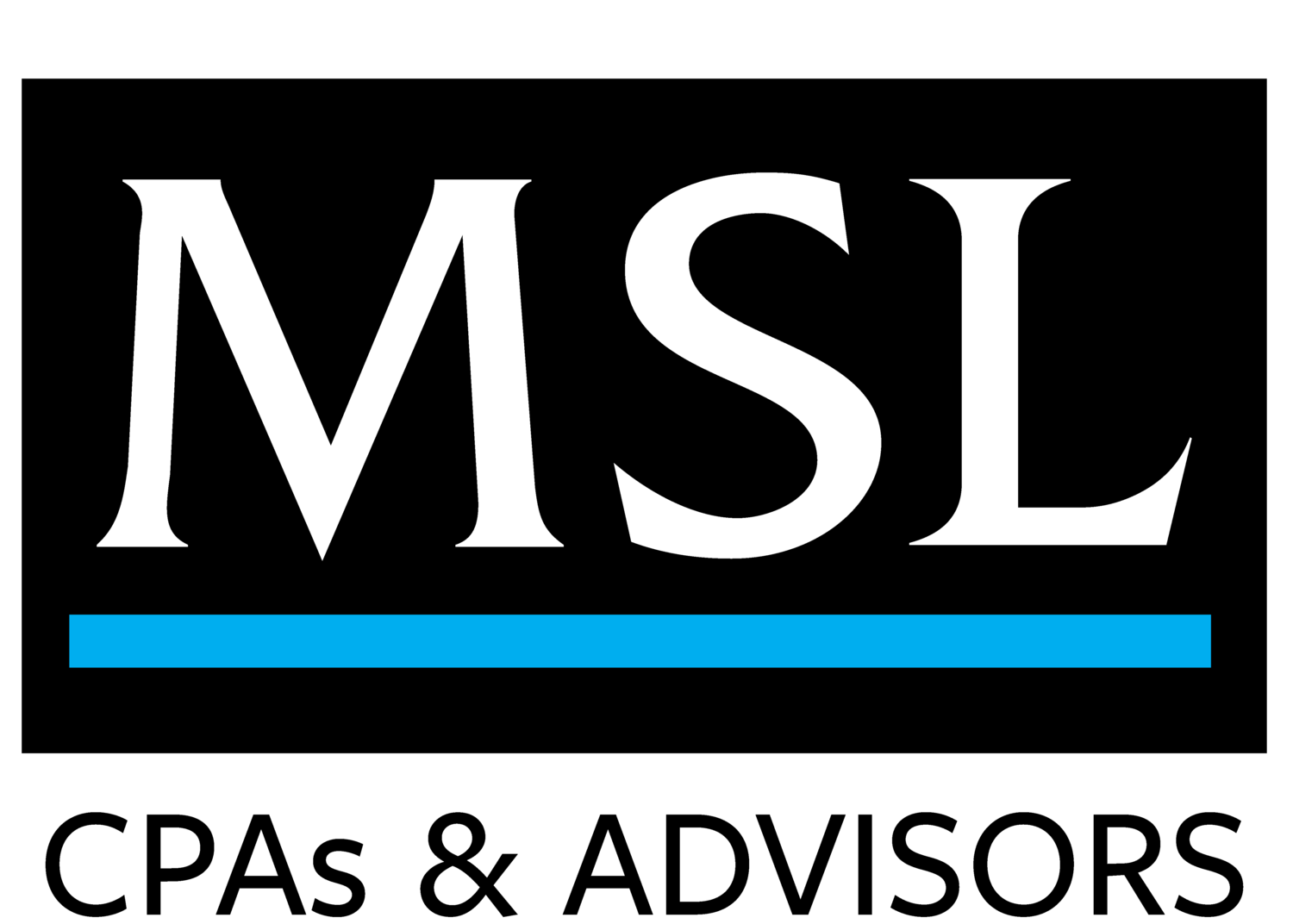New business? It’s a good time to start a retirement plan
/New business? It’s a good time to start a retirement plan
If you recently launched a business, you may want to set up a tax-favored retirement plan for yourself and your employees. There are several types of qualified plans that are eligible for these tax advantages:
A current deduction from income to the employer for contributions to the plan,
Tax-free buildup of the value of plan investments, and
The deferral of income (augmented by investment earnings) to employees until funds are distributed.
There are two basic types of plans.
Defined benefit pension plans
A defined benefit plan provides for a fixed benefit in retirement, based generally upon years of service and compensation. While defined benefit plans generally pay benefits in the form of an annuity (for example, over the life of the participant, or joint lives of the participant and his or her spouse), some defined benefit plans provide for a lump sum payment of benefits. In certain “cash balance plans,” the benefit is typically paid and expressed as a cash lump sum.
Adoption of a defined benefit plan requires a commitment to fund it. These plans often provide the greatest current deduction from income and the greatest retirement benefit, if the business owners are nearing retirement. However, the administrative expenses associated with defined benefit plans (for example, actuarial costs) can make them less attractive than the second type of plan.
Defined contribution plans
A defined contribution plan provides for an individual account for each participant. Benefits are based solely on the amount contributed to the participant’s account and any investment income, expenses, gains, losses and forfeitures (usually from departing employees) that may be allocated to a participant’s account. Profit-sharing plans and 401(k)s are defined contribution plans.
A 401(k) plan provides for employer contributions made at the direction of an employee under a salary reduction agreement. Specifically, the employee elects to have a certain amount of pay deferred and contributed by the employer on his or her behalf to the plan. Employee contributions can be made either:
On a pre-tax basis, saving employees current income tax on the amount contributed, or
On an after-tax basis. This includes Roth 401(k) contributions (if permitted), which will allow distributions (including earnings) to be made to the employee tax-free in retirement, if conditions are satisfied.
Automatic-deferral provisions, if adopted, require employees to opt out of participation.
An employer may, or may not, provide matching contributions on behalf of employees who make elective deferrals to the plan. Matching contributions may be subject to a vesting schedule. While 401(k) plans are subject to testing requirements, so that “highly compensated” employees don’t contribute too much more than non-highly-compensated employees, these tests can be avoided if you adopt a “safe harbor” 401(k) plan. A highly compensated employee in 2020 is defined as one who earned more than $130,000 in the preceding year.
There are other types of tax-favored retirement plans within these general categories, including employee stock ownership plans (ESOPs).
Other plans
Small businesses can also adopt a Simplified Employee Pension (SEP), and receive similar tax advantages to “qualified” plans by making contributions on behalf of employees. And a business with 100 or fewer employees can establish a Savings Incentive Match Plan for Employees (SIMPLE). Under a SIMPLE, generally an IRA is established for each employee and the employer makes matching contributions based on contributions elected by employees.
There may be other options available to you.






